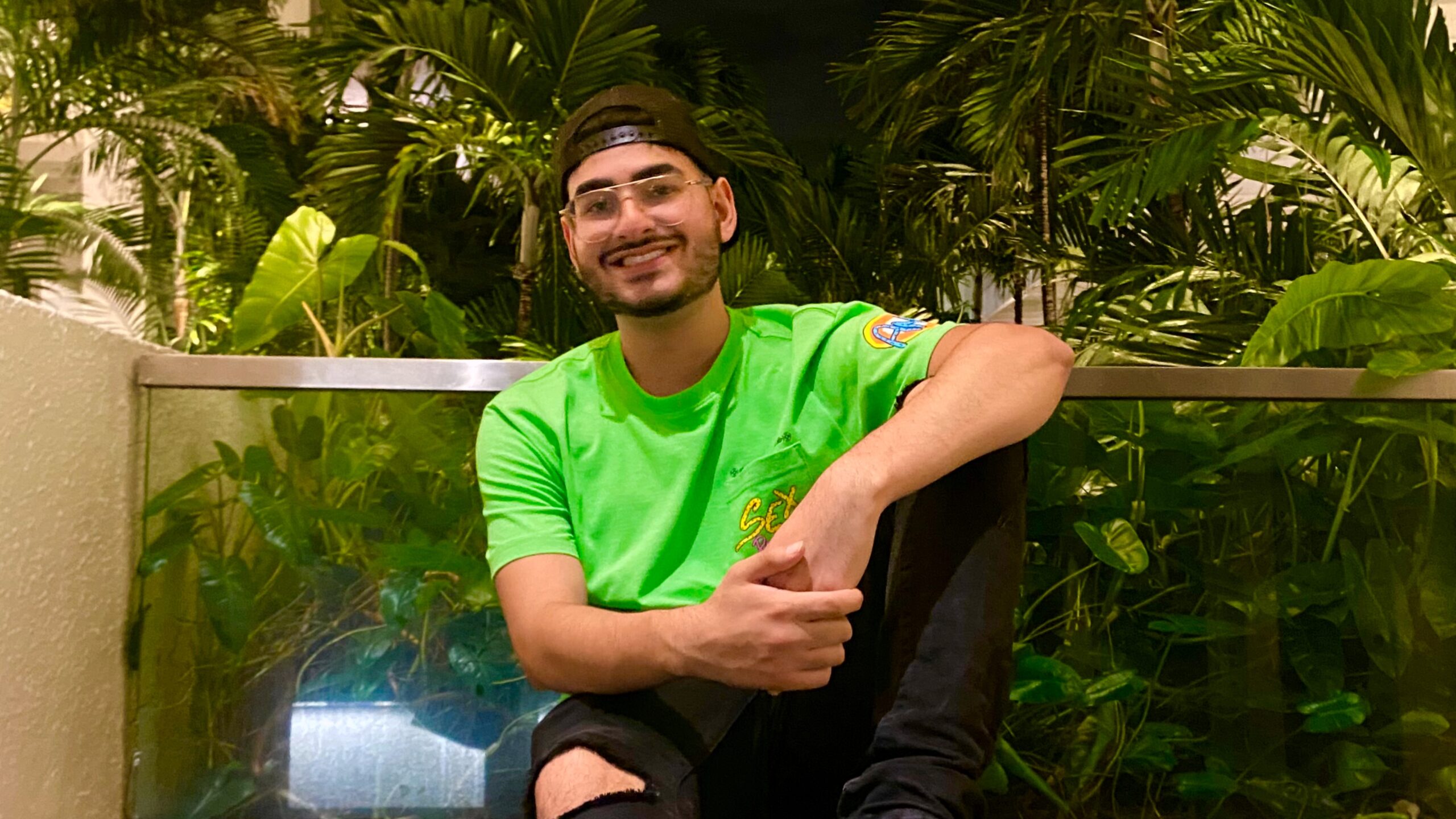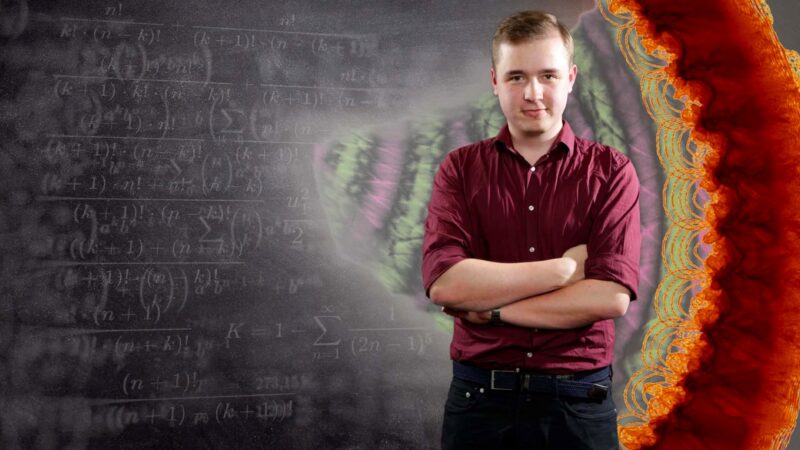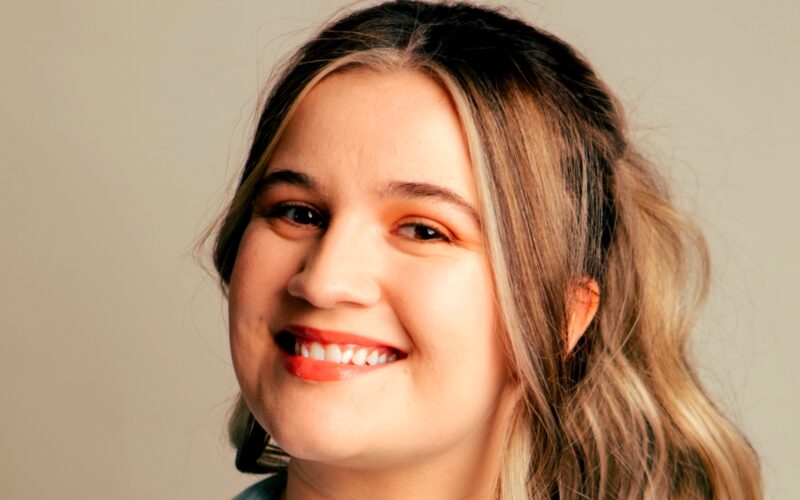At 25, Tim Arniko Meinhold, a German and French physicist by profession, seeks to show the world his great advances in science through his learning and knowledge.
Motivated to constantly develop his skills, Meinhold’s contributions to science has given him important recognition by European educational institutions. Furthermore, his works have led him to be published in renowned academic journals.
In an exclusive interview with perlarico.com, we get to speak about how he achieved a breakthrough for science with the radiation pressure acceleration (RPA) processes of ions and protons. Thus, showcasing himself as a young talent on the rise.
1. Thank you for the interview Tim. To kick things off, how would you describe yourself?
Tim: I would describe myself as a heavy-duty team player with a high frustration, tolerance and endurance. Someone who likes to try different things out and never give up a promising idea. Constantly I rethink subjects, but I am not a machine. I also have a lovely family with a sister and an Indonesian girlfriend.
2. My readers would like to learn a little bit more about you and the young man behind the great advances in science, who is Tim Arniko Meinhold?
Tim: I’m a student and lived 16 years in France and nearly 10 years in Germany. In 2014, I got the “ABIBAC”, the German and French high school diploma and won a first prize at the “Olympiades de physique” a national physics competition in Paris. I published my Bachelor Thesis in physics in 2019 at the Max-Planck-Institute for nuclear physics (MPIK) in Heidelberg and a paper related to that in the Journal of plasma physics two weeks ago.
3. Congratulations! We know physics is a complex subject to understand, how would be the simplest way to explain it?
Tim: Physics is a way to understand nature with mathematical precision. It describes the explanation of causes and relationships in nature. And this is also related to our culture of the Enlightenment with empiricism and rationalism. Nonetheless, it will never be a completely understood area, because of our perception and limited intellect.
Tim explains,
“For example, how would the world be described if we would live in another world or culture or have more natural senses? We can only describe what we already experienced or can be explained with rationalism. But what if there is another way to understand nature? Maybe our mathematical knowledge for describing the world is not fully developed. Or maybe something else related to our physical knowledge is missing. Constantly improving this is the job of scientists and that is the reason why I decided to work in this field.”
-Tim Arniko Meinhold, physicist
4. You’re very young and have completed great accomplishments in this type of work. Tell us more about your contribution to Radiation pressure acceleration of protons from structured thin-foil targets. What was your role and your findings in your project?
Tim: In order to write and publish this paper, I calculated around 20 pages. I ran around a hundred simulations and interpreted the results, adjusted and ran more simulations in order to understand the process of radiation pressure acceleration (RPA) of protons. The simulation code we used is the python code ‘SMILEI’ and this code is used in many other simulations and papers. I found a bug in the simulation code and helped many other scientists in that way too.
“It was a long journey and finally, we finished and published that paper. Although, without my tutor Dr. Naveen Kumar and the infrastructure of MPIK, I would probably not get so far. He instructed and helped me to work into this field of quantum electrodynamics and radiation pressure. That was my best experience in my physics studies”, Arniko added.
5. Subsequently, the process of radiation pressure acceleration (RPA) of ions emerges, what is RPA?
Tim: Radiation pressure is the pressure issued by the exchange of momentum between a light source (by example a laser) and another object (in our case plasma or (heavy) ions). RPA is therefore the acceleration of this pressure. We call the associated force also the force of light. We investigated the RPA of protons (or heavy ions) from thin-foil targets, that means how the protons of a plasma are accelerated from a laser with specific parameters. However, the process is unstable in time and doesn’t have the right ion energy spread for specific applications. In our case, we succeed in suppressing the instability by modulating the shape of the plasma density and surface.
6. Great way to explain it to all of us, how long was this investigation?
Tim: It was the work of around one year of investigation and was continuously improved until the paper was published.
7. Would this investigation be in part a great advancement to science and how so?
Tim: This is a great advancement in the area of RPA. The most exciting findings are the results related to the shape of the modulated density inside the target. We could get an ion energy spread of about 12-13% compared to more than 20%. For the using the RPA in ideal conditions, we seek an energy spread of 5%.
“With this, one can improve for example the proton or ion beam therapy for punctual cancer treatments. But it can also be used in the field of fast ignition in the field of inertial fusion or in proton radiography.”
-Tim Arniko Meinhold, physicist
8. Great advances to humanity indeed, we know for the past 10 years, you have been in search of knowledge, what can you tell us about your experience in institutions such as Heidelberg, Luxemburg, Namibia and Metz, France?
Tim: You will learn a lot in institutions in different countries even if you were there more than one time. The most important thing however, are the people. If you have great help like I get from Dr. Naveen Kumar in the MPIK, you will be very motivated and focused. It is very important to get the best conditions and great people to work with.
9. Do you believe in the near future we would be talking about Arniko Meinhold, a young physicist contributing to the advancement of science?
Tim: I don’t think that I would be the next Albert Einstein. I don’t know how my work will affect science in future but I am working on different promising ideas in science and beyond that.
10. Aside from this investigation, are you working in anything else?
Tim: Yes, I am currently working on a new project. But I don’t want to tell too much for now.
11. We look forward to learn what your next findings will be. What would be your message to humanity about your knowledge regarding physics?
Tim: Don’t be afraid of failure and don’t give up too early. Try different things and use the accidents as a great opportunity for new findings. These things happened quite often.
“In one case, someone got a Nobel prize because he forgot to switch off the light source of his experiment and found a breakthrough. I was working on my paper with different modulation parameters. One was originally not planned to be examined. And this one got the best results.”
-Tim Arniko Meinhold, physicist
Thank you Tim because soon enough humanity will be applauding and thanking your wisdom and great advancements to science.
To learn more about Arniko’s publications visit:
- Radiation pressure acceleration of protons from structured thin-foil targets
- Stabilised laser-driven radiation pressure acceleration of ions
- Comment la Wii peut-elle sauver le monde
Lastly, Arniko published in a peer-review reputable journal last week and is already in the 98 percentile of all paper outputs ever tracked by Altmetrics, click here to see.












